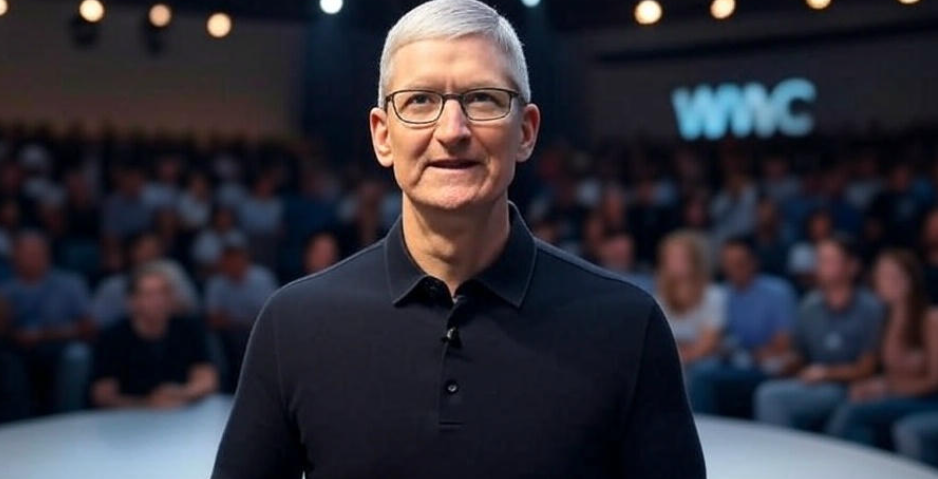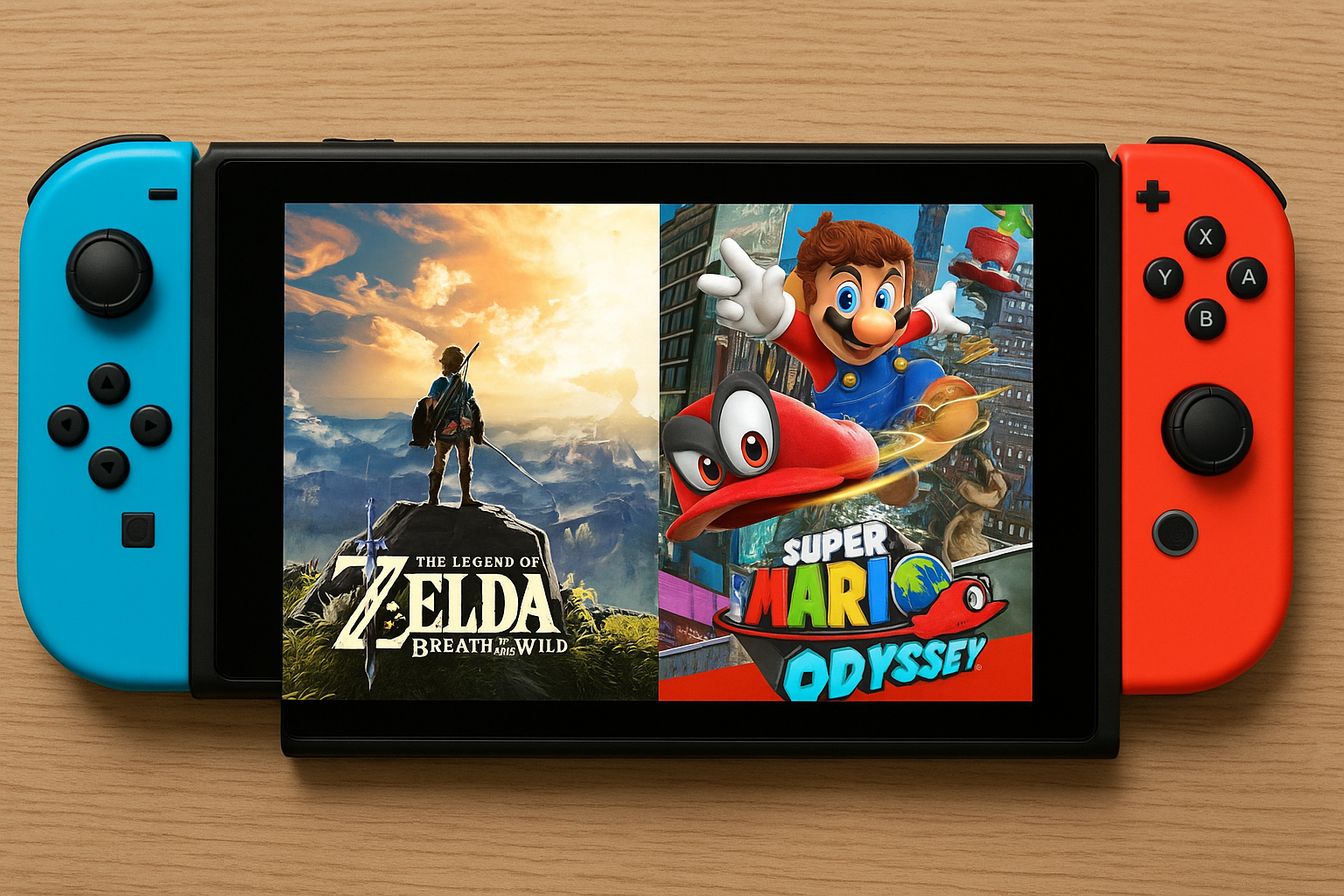Apple just kicked off its most anticipated developer conference in recent memory, and honestly, the tech world can’t stop talking about it. WWDC 2025 started at 10 a.m. PT on Monday, June 9, 2025, and if the rumors leading up to this event were even half true, we’re looking at the most significant software overhaul Apple has delivered since the iPhone itself got its first major makeover.
Let’s be real here – Apple events have become somewhat predictable over the years. We’d get incremental updates, a few new features, and the usual “revolutionary” marketing speak. But WWDC 2025 feels different. There’s an electricity in the air, a sense that Apple is finally ready to make some moves that will actually matter to how we use our devices every single day.
The iOS Revolution Everyone’s Been Waiting For
The biggest story coming out of WWDC 2025 isn’t just about new features – it’s about a complete reimagining of how iOS looks and feels. This year’s iOS is rumored to have the most significant design changes since the introduction of iOS 7, and that’s saying something. Remember when iOS 7 completely ditched the skeuomorphic design for that flat, clean look? Well, we might be witnessing another watershed moment.
But here’s where things get interesting: Apple is changing how they name their operating systems entirely. We’re not getting iOS 19 we’re getting iOS 26. The shift to year-based naming instead of version numbers signals that Apple sees this as more than just another update. This is a statement release.
The new iOS 26 will feature a “digital glass” design inspired by visionOS, which makes perfect sense when you think about it. Apple has been working on spatial computing with the Vision Pro, and now they’re bringing some of that visual language back to the iPhone. It’s like they’re creating a unified design ecosystem that spans from your phone to your face computer.
What does this mean for regular users? Think deeper integration between your devices, more intuitive interactions, and interfaces that feel less like you’re poking at a screen and more like you’re manipulating objects in space. It’s ambitious, and if Apple pulls it off, it could change how we think about mobile interfaces entirely.

Apple Intelligence Gets Serious (Finally)
Let’s talk about the elephant in the room – AI. Last year’s WWDC was notable for its focus on AI, and this year, there’s considerable pressure on Apple to build on its promises. Apple Intelligence launched to mixed reviews, with many feeling like it was playing catch-up to Google and OpenAI rather than leading the pack.
But WWDC 2025 suggests Apple is doubling down on AI in ways that actually make sense for everyday users. One of the most practical new features is an AI-powered battery management mode that will analyze how you use your phone and make power-saving adjustments on the fly. This isn’t just another flashy AI feature – it’s solving a real problem that every smartphone user deals with.
The beauty of Apple’s approach to AI has always been integration rather than flashiness. While other companies are building chatbots and image generators, Apple is quietly making your phone smarter about the things you actually do with it every day. Need your phone to last through a long day? The AI figures out your usage patterns and optimizes accordingly. It’s practical intelligence, not just artificial intelligence.
macOS Gets a California Makeover
The latest macOS gets its new California theme with macOS Tahoe, continuing Apple’s tradition of naming their desktop operating system after California locations. But this isn’t just about pretty wallpapers and new icons – it represents a deeper shift in how Apple thinks about the Mac.
The move to call it macOS 26 alongside iOS 26 suggests Apple is serious about creating a more unified experience across all their platforms. We’re seeing the boundaries between phone, tablet, and computer software start to blur in meaningful ways. This doesn’t mean your Mac is becoming a giant iPhone – it means Apple is creating a consistent language across all their devices.
For Mac users, this could mean easier file sharing, better continuity features, and apps that work more seamlessly across platforms. If you’ve ever tried to start something on your iPhone and finish it on your Mac, you know how hit-or-miss this experience can be. Apple seems committed to fixing that.
The Gaming Revolution Nobody Saw Coming
Here’s something that caught everyone off guard: Apple is working on a dedicated gaming app. This might seem like a small detail, but it represents a major shift in how Apple views gaming on their platforms.
Think about it – Apple has the most powerful mobile processors in the world, they’ve got Apple Arcade, and they’re pushing hard into AR/VR with the Vision Pro. A dedicated gaming app could be the missing piece that ties all of this together. Imagine seamless gaming experiences that start on your iPhone, continue on your Apple TV, and maybe even extend into spatial computing on the Vision Pro.
This isn’t just about casual mobile games anymore. Apple is positioning itself to be a serious player in the gaming ecosystem, and that could mean big things for developers and users alike.
Why This WWDC Actually Matters
Every year, tech journalists write about how “this is the most important Apple event ever,” but WWDC 2025 genuinely feels different. There’s considerable pressure on Apple to build on its AI promises and make amends to developers as it lags behind in AI and faces continued legal challenges over its App Store.
Apple is at a crossroads. They’ve built an incredible ecosystem, but they’re facing real competition in AI, pressure from regulators, and questions about whether they can still innovate at the pace that made them the world’s most valuable company. WWDC 2025 is their answer to all of these challenges.
The shift to year-based naming, the major design overhaul, the focus on practical AI features – these aren’t just incremental updates. They’re Apple saying “we’re not just keeping up, we’re setting the direction for the next decade of computing.”
What This Means for You
So what does all this mean if you’re just someone who uses an iPhone, iPad, or Mac? First, your devices are about to get a lot smarter about helping you get things done. The AI features aren’t just party tricks – they’re designed to make your daily digital life easier.
Second, if you use multiple Apple devices, the experience is going to become much more seamless. The design changes and software updates are all aimed at making your phone, tablet, and computer work together like parts of a single system rather than separate devices that happen to be made by the same company.
Third, the app ecosystem is about to get a lot more interesting. With new development tools, better cross-platform capabilities, and Apple’s renewed focus on gaming, we’re likely to see apps and experiences that weren’t possible before.
The Bottom Line
WWDC 2025 runs through June 13, and Apple is looking to make using its phones, tablets, and computers a more unified experience. This isn’t just about new features – it’s about Apple laying the groundwork for the next phase of personal computing.
Whether Apple can deliver on all these promises remains to be seen, but one thing is clear: they’re swinging for the fences. After years of incremental updates and playing it safe, Apple is making bold moves that could reshape how we interact with technology.
The conversation around WWDC 2025 is just beginning, but it’s already clear that this isn’t just another developer conference. It’s Apple’s blueprint for the future, and that future looks pretty exciting.
If you’re an Apple user, get ready for some major changes. If you’re not, you might want to start paying attention – because what Apple announces at WWDC has a way of becoming the standard for everyone else to follow.



